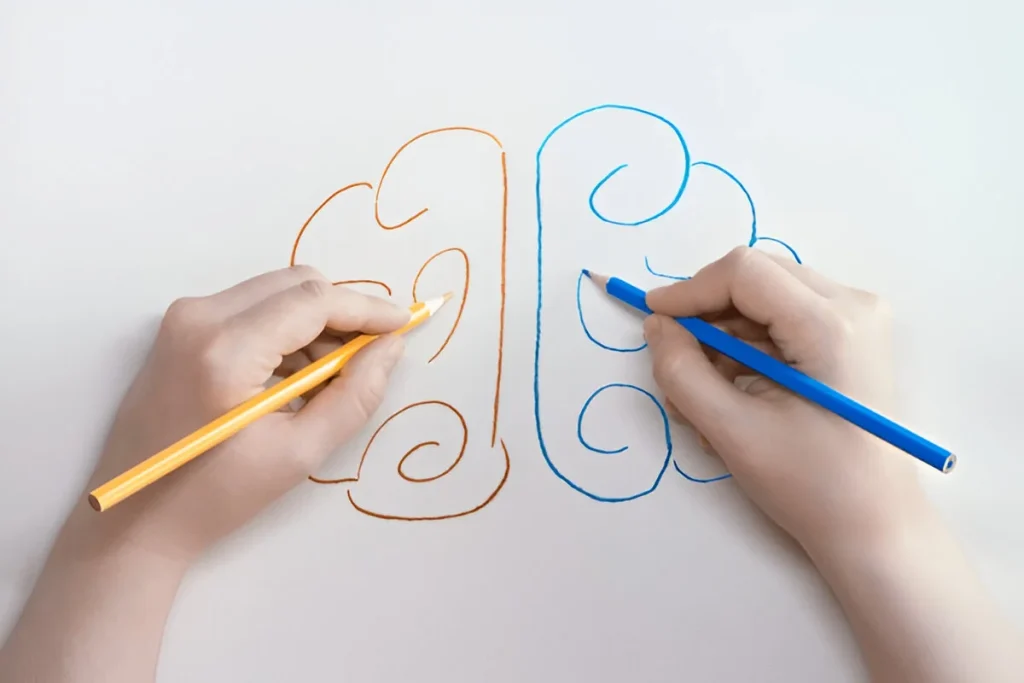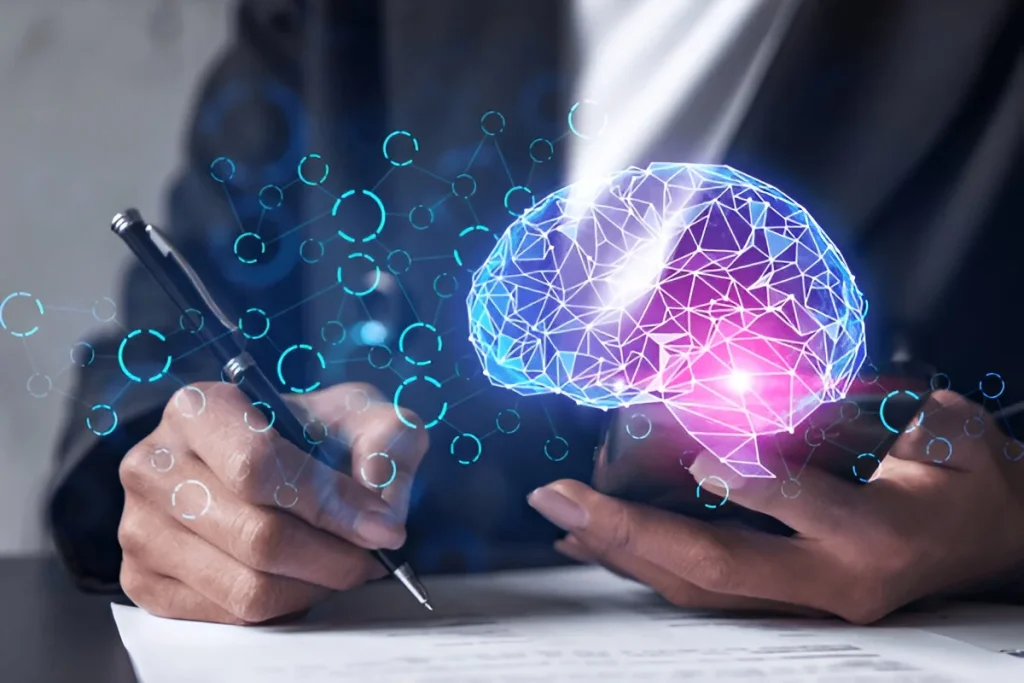What is the brain handwriting connection?
Discover the brain handwriting connection and learn how the Best Graphology Institute in Kolkata explains the science behind writing and mind insights.
Handwriting is more than just putting pen to paper—it is a reflection of how the brain and body work together. Every stroke, curve, and slant in our writing is a direct outcome of brain activity, motor control, and emotional states. This fascinating relationship is often referred to as the brain handwriting connection, and it offers valuable insights into personality, psychology, and even cognitive health.
Understanding the Science Behind Handwriting
The process of writing is deeply neurological. When you write:
- The frontal lobe initiates thoughts and converts them into language.
- The motor cortex sends signals to hand muscles for precise movements.
- The cerebellum coordinates smooth, controlled motions.
- The limbic system influences the emotional tone behind writing styles.
This means that your handwriting is not random; it’s a window into how your brain functions at that moment.

Why the Brain Handwriting Connection Matters
Studying handwriting helps us understand much more than legibility. It provides:
- Emotional indicators – Stress, anxiety, or calmness can all appear in your strokes.
- Cognitive markers – Disorders like dyslexia, Parkinson’s, or dementia can impact writing style.
- Personality traits – Confidence, leadership, introversion, or creativity often reflect in writing.
- Developmental insights – Children’s handwriting patterns can show learning strengths or challenges.
How Graphology Studies the Connection
Graphology, the study of handwriting, relies on the fact that the brain controls writing movements. Trained graphologists analyze writing samples to decode:
- Pressure applied on the paper
- Slant of letters
- Shape and size of writing
- Consistency of strokes
- Spacing between words and lines
Each of these aspects is linked to brain activity and can reveal how thoughts, emotions, and behaviors translate into writing.
Brain Handwriting Connection in Children
In children, the brain-handwriting link is even more telling:
- Slow handwriting may indicate motor skill development issues.
- Uneven spacing can show attention or focus challenges.
- Large or overly small letters may highlight self-expression tendencies.
- Erratic strokes sometimes suggest emotional restlessness.
Understanding these patterns early can support better learning strategies and emotional wellbeing.
Brain Handwriting Connection in Adults
For adults, handwriting can evolve due to life experiences, health conditions, and emotional states.
- A person under stress may show tight, cramped writing.
- A confident individual often uses clear, bold strokes.
- Neurological conditions may cause tremors in letters or uneven spacing.
This connection makes handwriting a practical tool in psychology, counseling, and even workplace assessments.
Applications in Modern Life
The brain handwriting connection isn’t just theoretical—it has real-world uses:
- Education – Helps teachers identify learning or attention issues.
- Counseling – Provides therapists with emotional insights.
- Recruitment – Used by companies to assess personality fit.
- Health monitoring – Detects early signs of neurological decline.
- Self-awareness – Helps individuals discover hidden traits.
Practical Tips to Strengthen the Brain-Handwriting Link
Even in the digital age, handwriting is powerful for brain development. To keep the connection strong:
- Write by hand daily, even short notes or journals.
- Practice cursive writing to enhance fluidity.
- Use brain-hand coordination exercises like drawing shapes.
- Focus on breathing while writing to balance emotions.
- Encourage children to write instead of relying only on screens.
Bullet Point Recap
- Handwriting reflects the brain’s cognitive and emotional state.
- Graphology studies handwriting to reveal hidden personality traits.
- Children’s handwriting gives clues about development and learning.
- Adult handwriting can reflect stress, confidence, or neurological health.
- Strengthening the brain-handwriting link supports self-awareness and mental wellbeing.

FAQs on Brain Handwriting Connection
Q1. Can handwriting really reveal personality?
Yes, handwriting reflects brain activity, emotions, and personality traits, making it a valuable assessment tool.
Q2. How is the brain connected to writing movements?
The motor cortex, frontal lobe, and cerebellum coordinate thoughts, language, and fine motor skills that result in writing.
Q3. Can handwriting changes indicate health issues?
Yes, sudden changes may point to stress, neurological problems, or emotional shifts.
Q4. Is handwriting still important in the digital age?
Absolutely—writing by hand strengthens memory, focus, and brain development in ways typing cannot.
Q5. Can children benefit from handwriting analysis?
Yes, it helps parents and teachers identify learning patterns and provide personalized support.
A Unique Takeaway: Writing mirrors the mind
The brain handwriting connection teaches us that every letter, curve, and pause carries hidden meaning. Handwriting is not only a medium of communication but also a reflection of how the brain processes thoughts, emotions, and experiences. Each stroke is like a fingerprint of the mind, shaped by our mental state, personality, and even physical health at a given moment.
By learning to understand these subtle signals, we unlock a deeper awareness of ourselves and others. Handwriting becomes a tool for growth, emotional balance, and even early detection of challenges. In this way, the act of writing transforms from a daily habit into a profound expression of human behavior, thought patterns, and inner strength.
